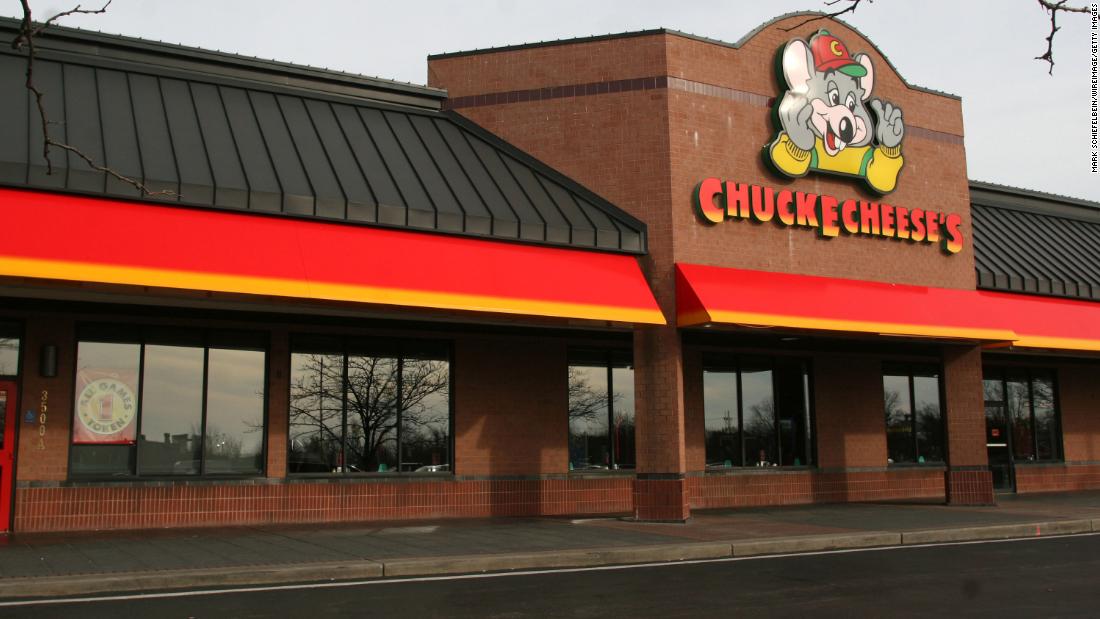
CEC, which also owns Peter Piper Pizza, said it will use Chapter 11 protection to “achieve a comprehensive balance sheet restructuring that supports its long-term and reopening strategic plans.”
The company expects to operate normally, including the reopening of its Chuck E. Cheese locations. So far, nearly half of Chuck E. Cheese’s 555 locations have been reopened, with plans to reopen more locations weekly. Unlike other bankrupt brands, it didn’t immediately announce store closings.
In a statement, CEO David McKillips said the past few months have been “the most challenging event in our company’s history” and he is “confident” about the future of the 40-year-old brand.
The company has at least 16,400 employees, including 400 in its corporate offices as of 2019. They will continue to be paid with benefits during the process. It has locations in 47 US states. USA And 16 countries.
CEC approved lucrative retention bonds for its top executives just a few weeks before bankruptcy. McKillips received $ 1.3 million, President Roger Cardinale received $ 900,000, and CFO Jay Howell received $ 675,000, according to a recent presentation.
– CNN Business’s Chris Isidore contributed to this report.
.